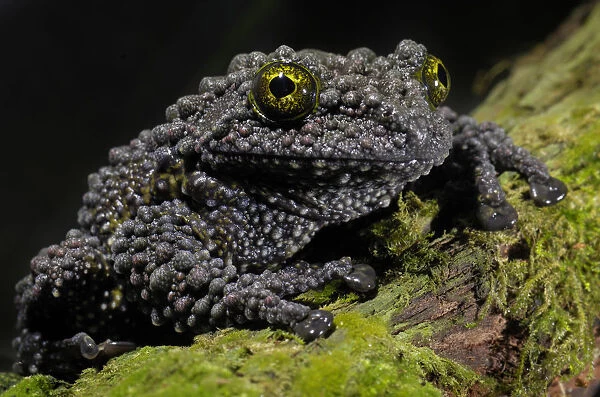In the lush rainforests of Southeast Asia, a remarkable amphibian known as Theloderma corticale, or the mossy frog, astounds researchers and nature enthusiasts alike. With its extraordinary ability to blend seamlessly into its surroundings, this unique species embodies the wonders of nature’s camouflage.
Native to the mountainous regions of Vietnam and Laos, the mossy frog thrives in humid environments where moss and vegetation are abundant. These habitats provide not only camouflage but also essential moisture for the frog’s delicate skin. Unfortunately, habitat destruction and climate change pose significant threats to its survival, highlighting the importance of conservation efforts in these biodiverse areas.
Breeding typically occurs during the rainy season, when conditions are optimal for reproduction. The female lays eggs in a moist environment, often in small clusters hidden among vegetation. After hatching, the tadpoles develop in nearby water sources, where they continue to grow until they metamorphose into adult frogs. The lifespan of Theloderma corticale can reach up to several years in the wild, but threats from habitat loss can significantly impact their survival rates.
Despite its remarkable adaptations, Theloderma corticale faces significant threats from deforestation and habitat degradation. As rainforests are cleared for agriculture and urban development, the delicate balance of these ecosystems is disrupted. Conservation efforts are vital to protect this unique species and its habitat, emphasizing the need for sustainable practices that preserve biodiversity.